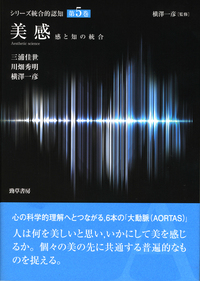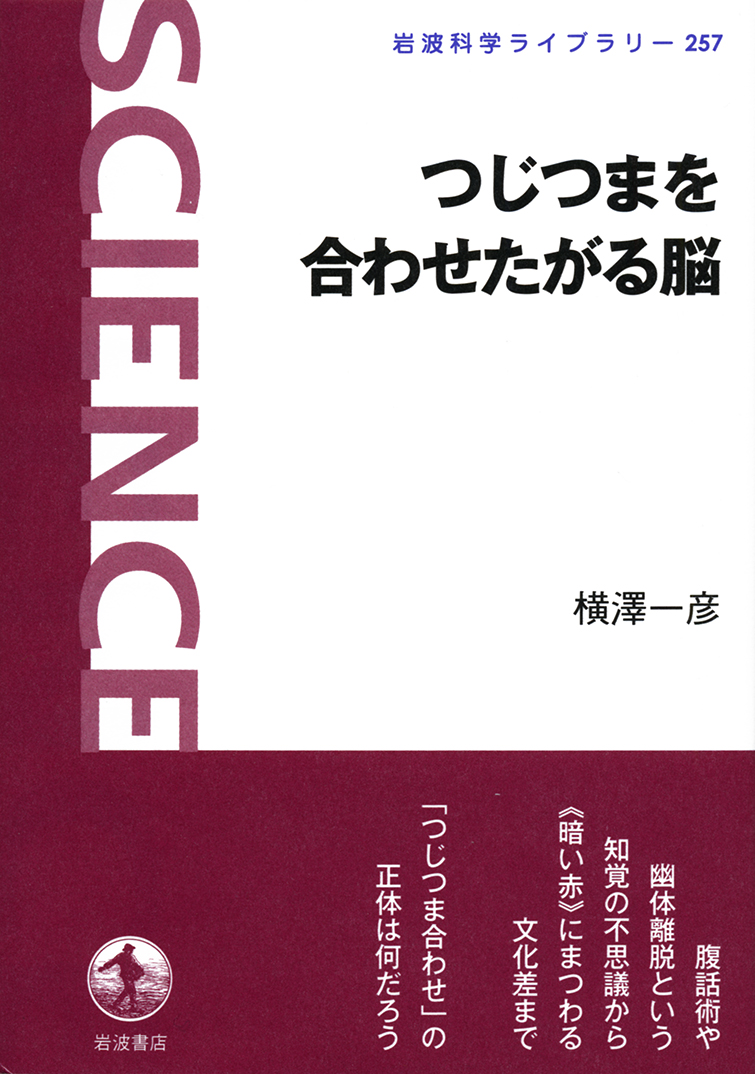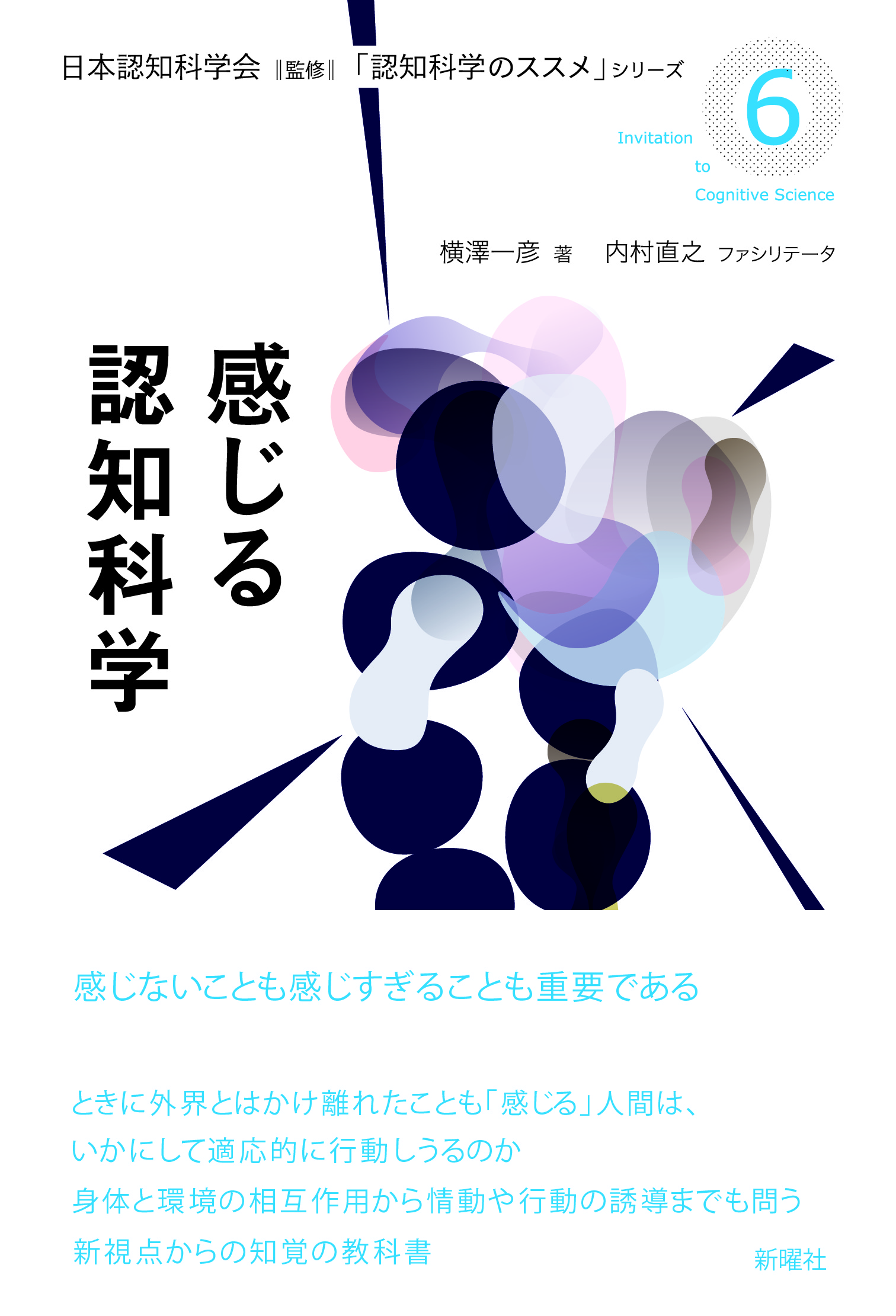
Title
[series: Integrated Perception] vol.V Bikan: Kan to Chi no Tougou (Aesthetic Science: Integration of sense and intellect)
Size
288 pages, A5 format
Language
Japanese
Released
February, 2018
ISBN
978-4-326-25112-4
Published by
Keiso Shobo
Book Info
See Book Availability at Library
Japanese Page
This volume sheds light on the integrative nature of the mind’s activity through the aesthetics of beauty, including feelings, senses, cognition, and thinking. Beauty is something that everyone experiences and from time immemorial people have intuitively felt that there is something universal about beauty. However, the current volume focuses on aesthetics, not on beauty. It aims to capture the universality that is shared by individual beauty by thinking about the ways in which people feel beauty, or in other words, characteristics observed and processing that occurs when we experience beauty. Contents are included on positive impressions and feelings, such as pleasure, preference, cuteness, and fun, as well as negative impressions and feelings such as displeasure, dislike, ugliness, and disjointedness. In this volume aesthetics is presented comprehensively. In addition, the volume includes an examination of what factors define impression arousal and evaluation/judgement and in what ways aesthetics is recognized as an integrative cognition.
The volume consists of eight chapters. Chapter 1 describes research on the origin of aesthetics. Chapter 2 introduces various studies on ‘goodness’ in Gestalt psychology to research from diverse perspectives including information science, multi-variable analysis, and psychological physics. This chapter also includes explanations on evolution and design based on the concept of affordance. Chapter 3 introduces various arguments in cognitive psychology that focus on the subject and phenomena related to feeling. Chapter 4 discusses preference for color and shape by introducing a wide range of research from classical studies to recent findings and arguments that preference is determined by physiological and cultural/sociological aspects. Chapter 5 tackles the question of which clues to use based on what kind of information processing people use to find others attractive. Chapters 6 and 7 discuss the neurological basis of aesthetics and changes in aesthetics due to impairment in brain functions. In dealing with the former, the volume provides support for information processing processes in the cerebral cortex mainly drawing from neurological aesthetics research using paintings, and in dealing with the latter, the volume explores the localized and integrative nature of the brain by examining changes in expression due to impairment in brain function. Chapter 8 addresses the temporal characteristics of aesthetics by examining characteristics of processing identified by microgenesis research, as well as long-term changes in aesthetics, such as the mere-exposure effect, fashion, and culture.
Although the chapters may have slight overlap, the volume intends to provide a comprehensive view of aesthetics. The volume is meant to be read by not only psychologists who are interested in aesthetics, but also researchers of brain science, behavioral economics, kansei engineering, as well as those who are interested in aesthetics, arts, design, or simply in how people’s minds work.
(Written by YOKOSAWA Kazuhiko, Professor, Graduate School of Humanities and Sociology / 2019)



 Find a book
Find a book


 eBook
eBook


